Full text
PDF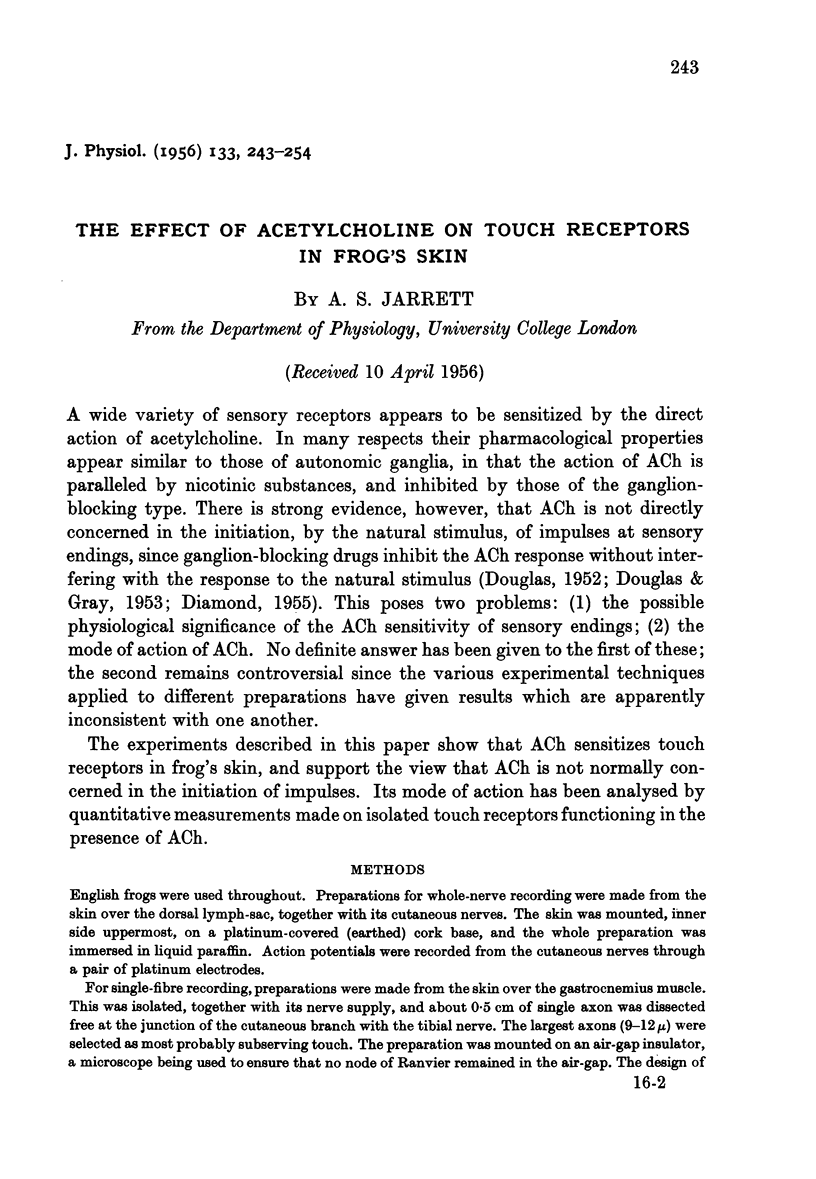
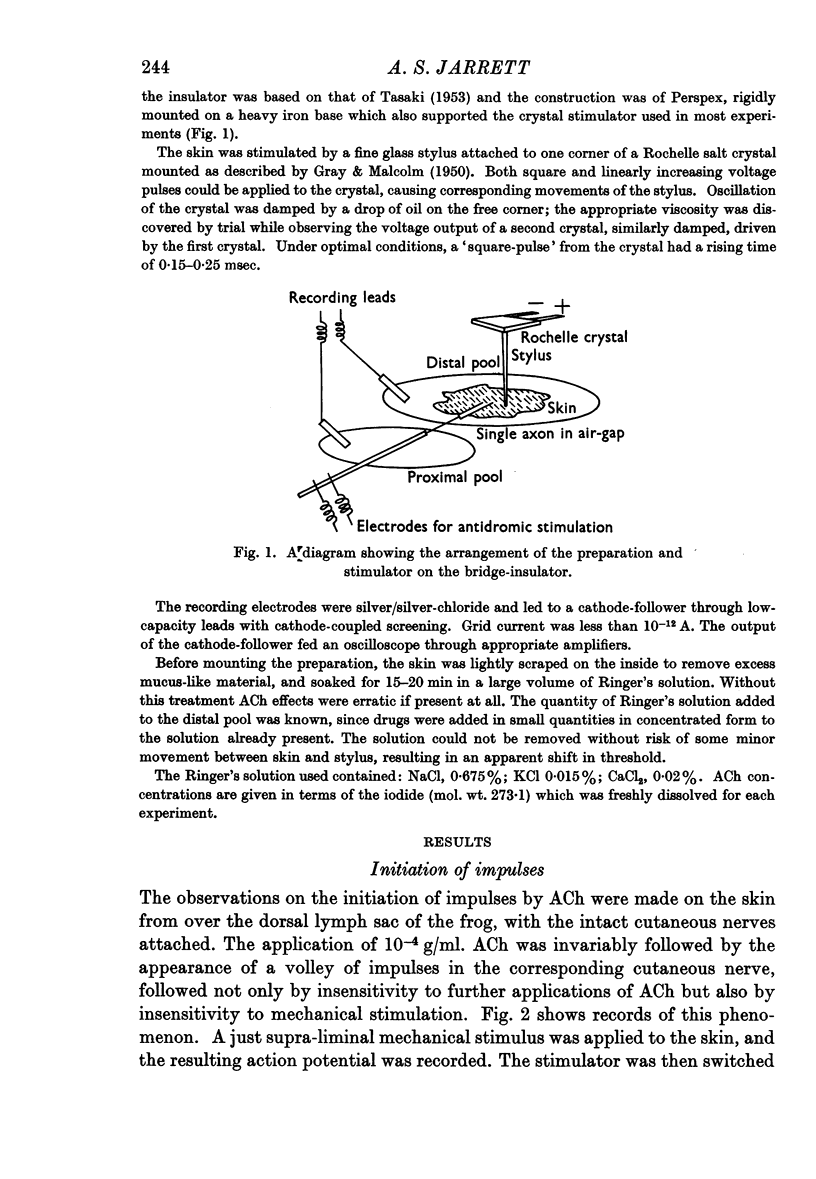
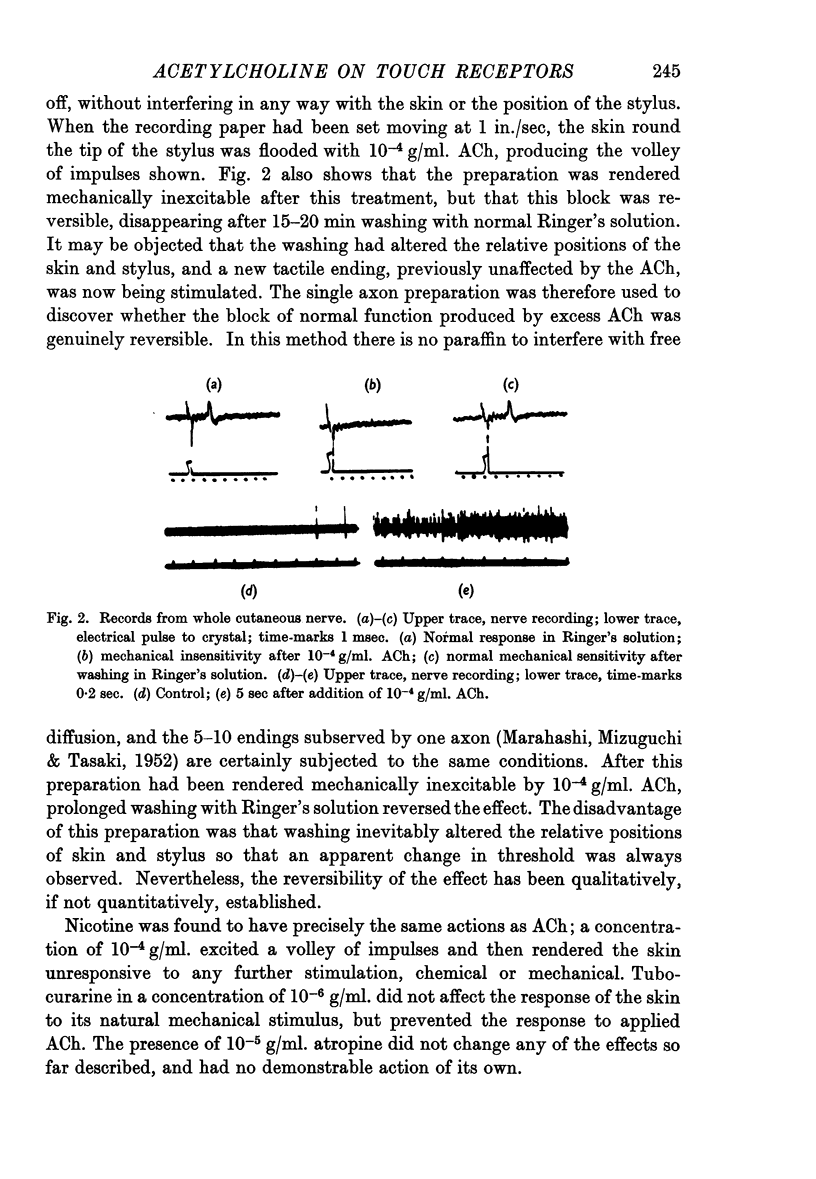
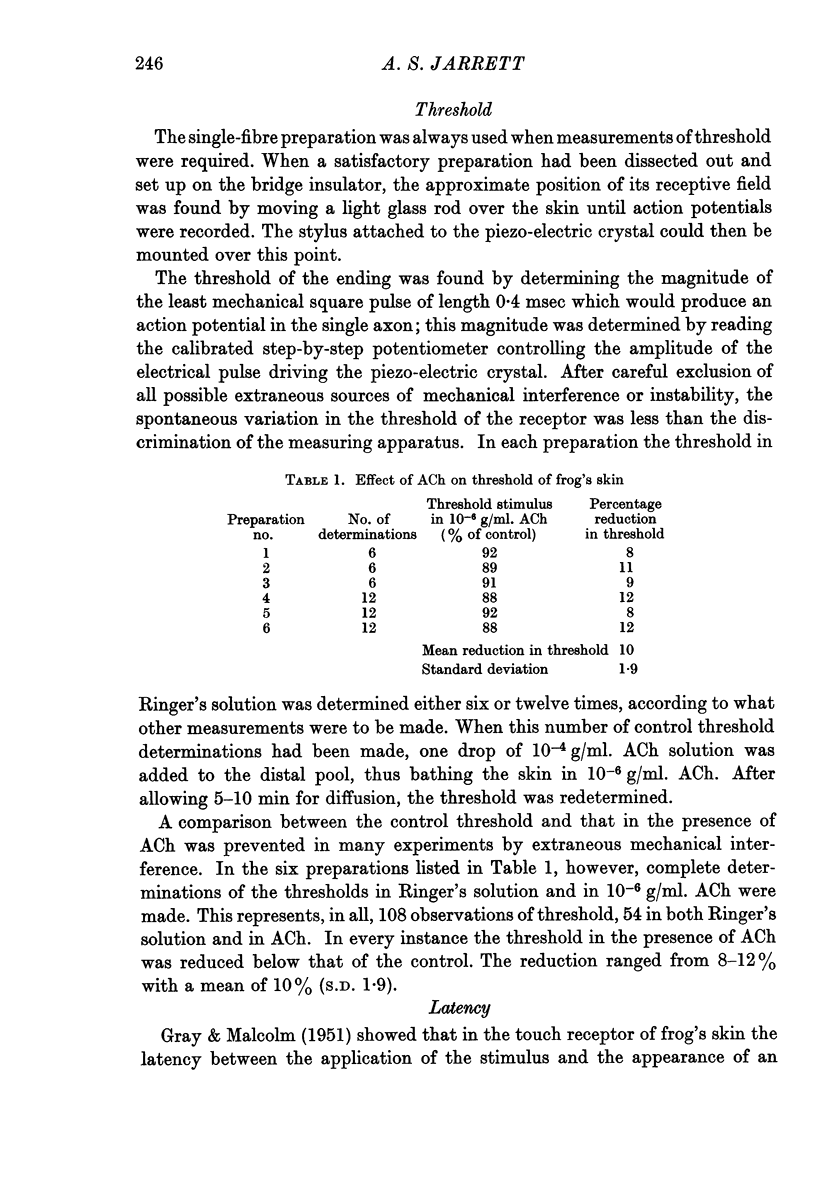
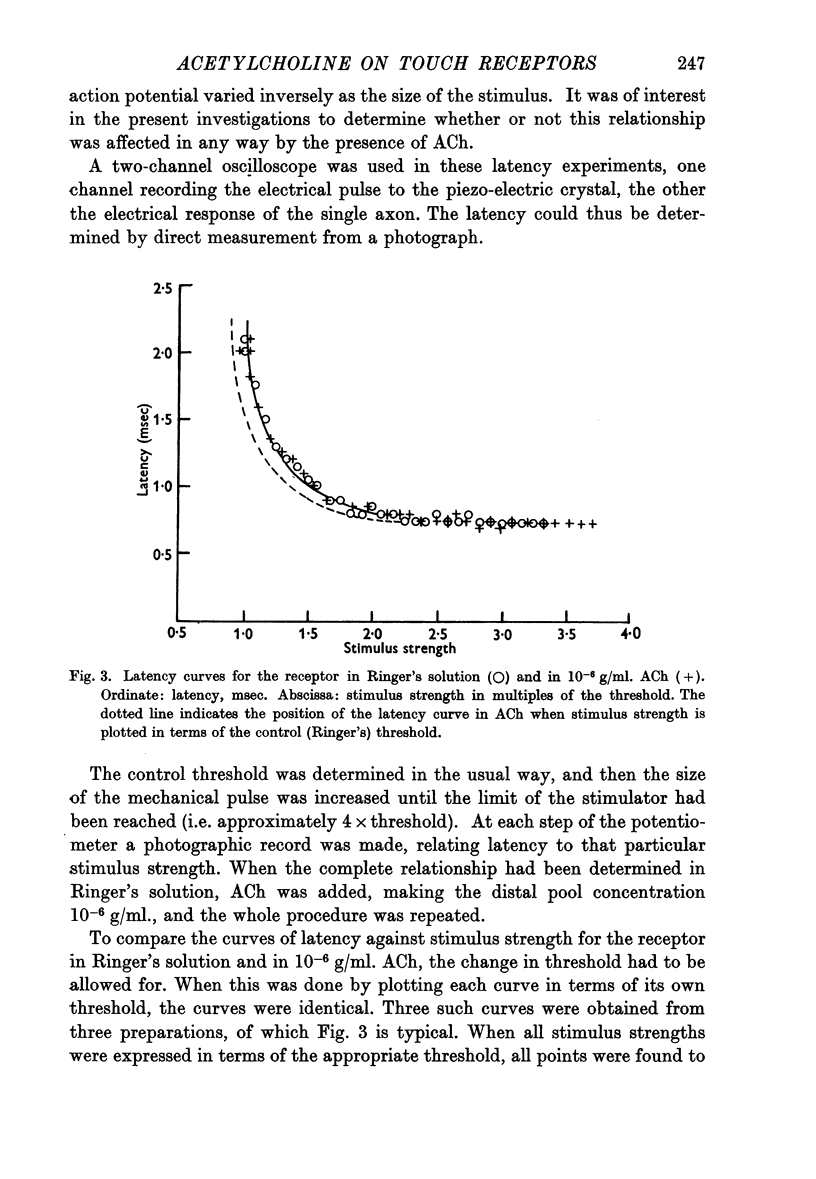
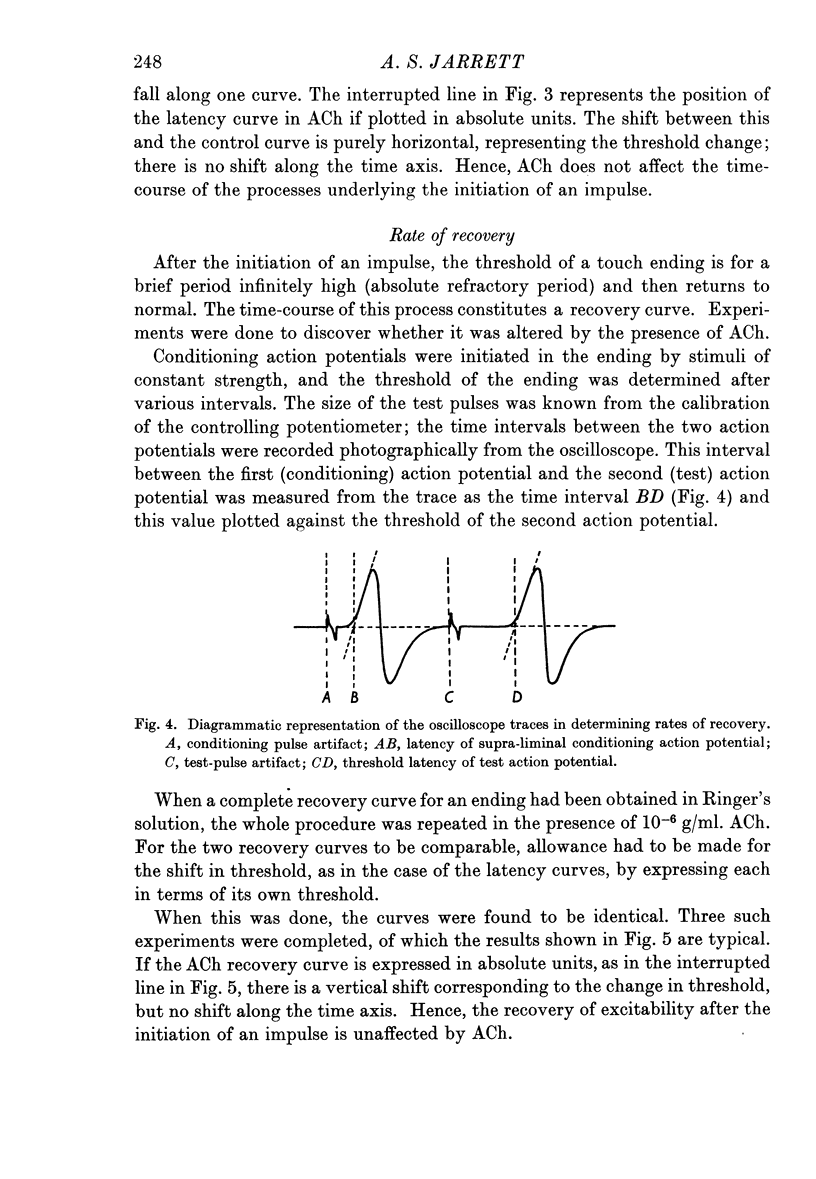
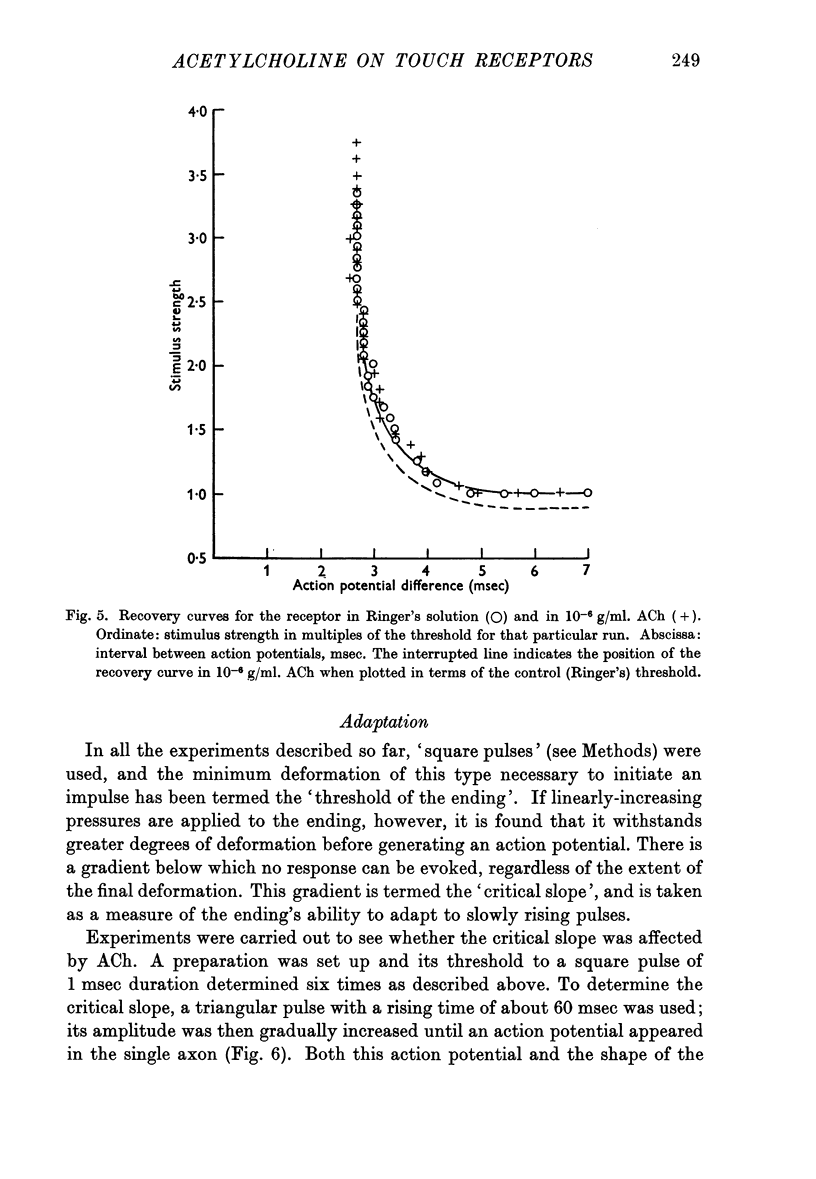
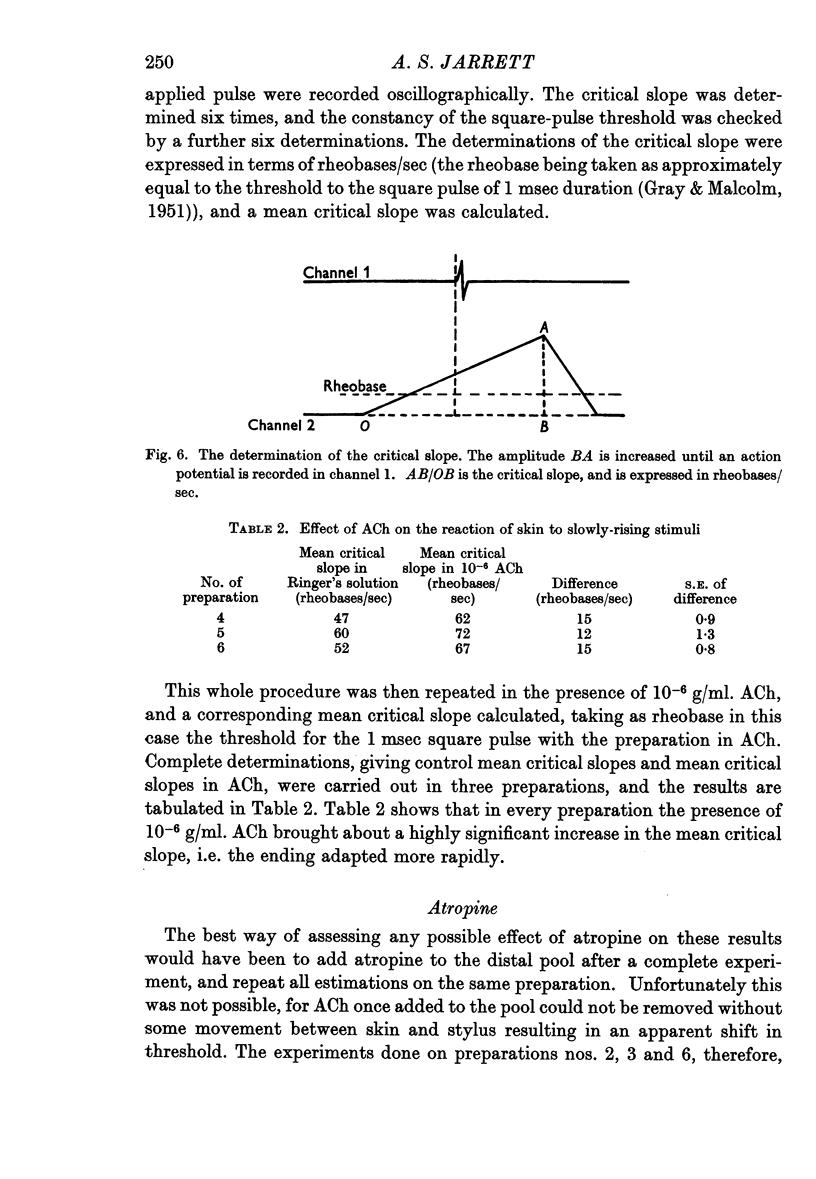
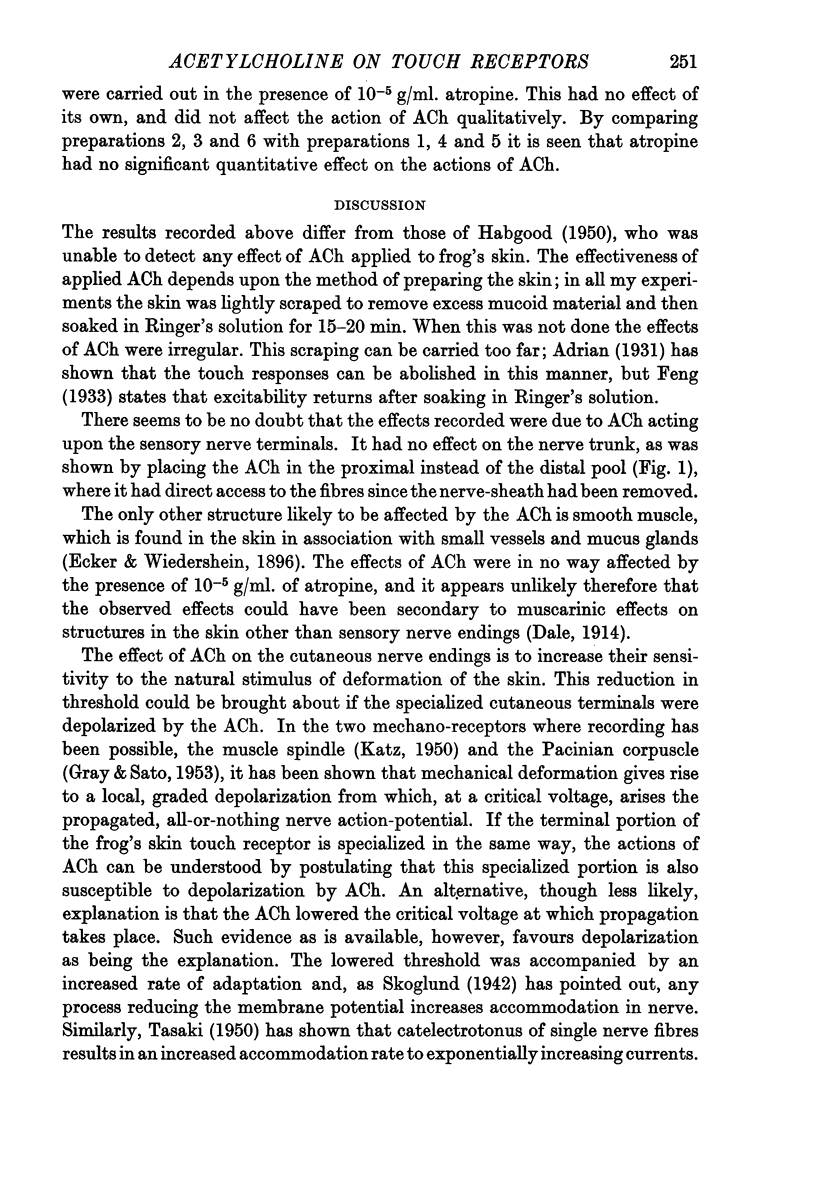
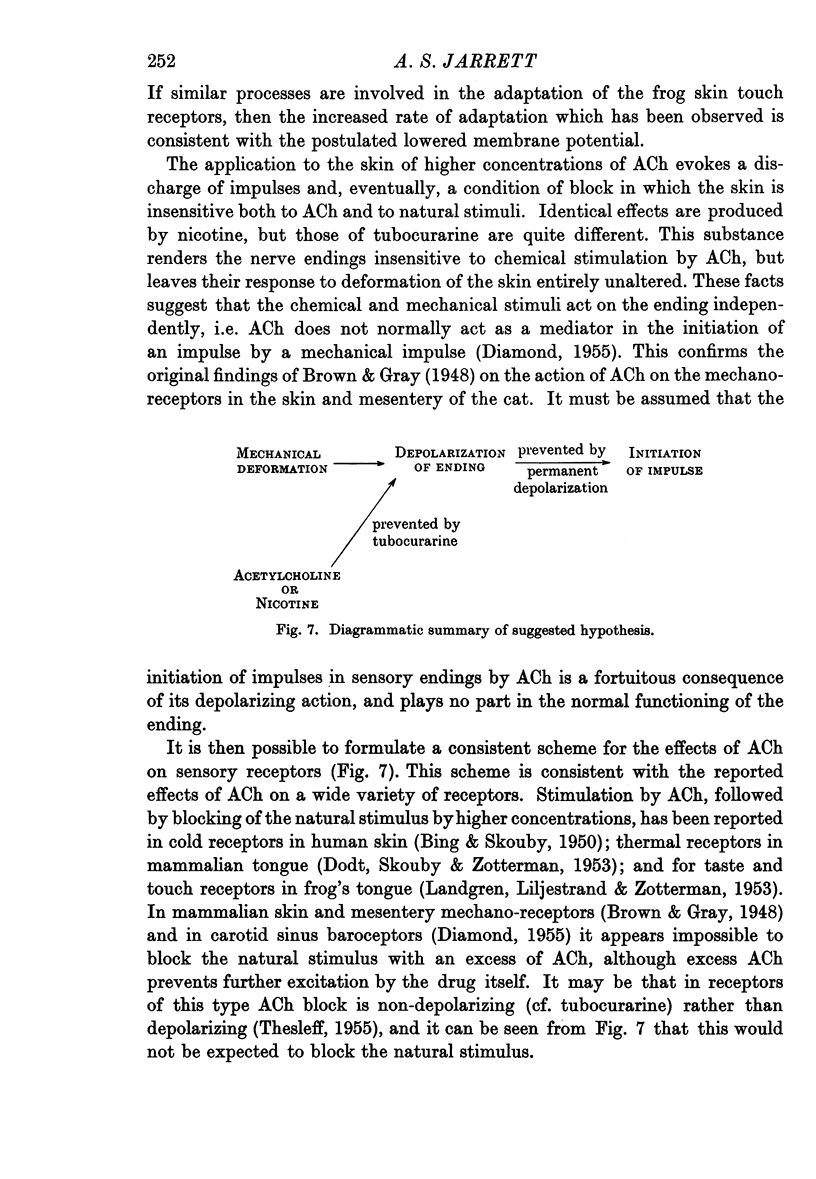
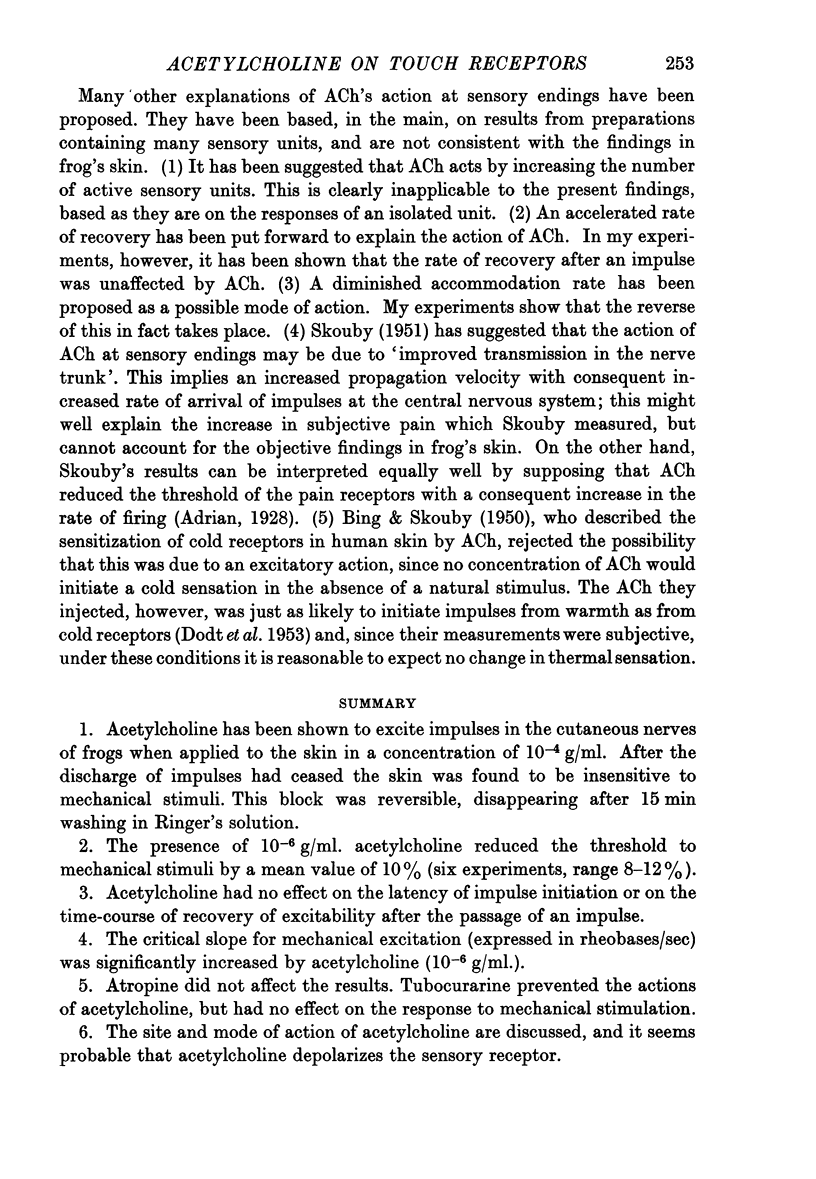
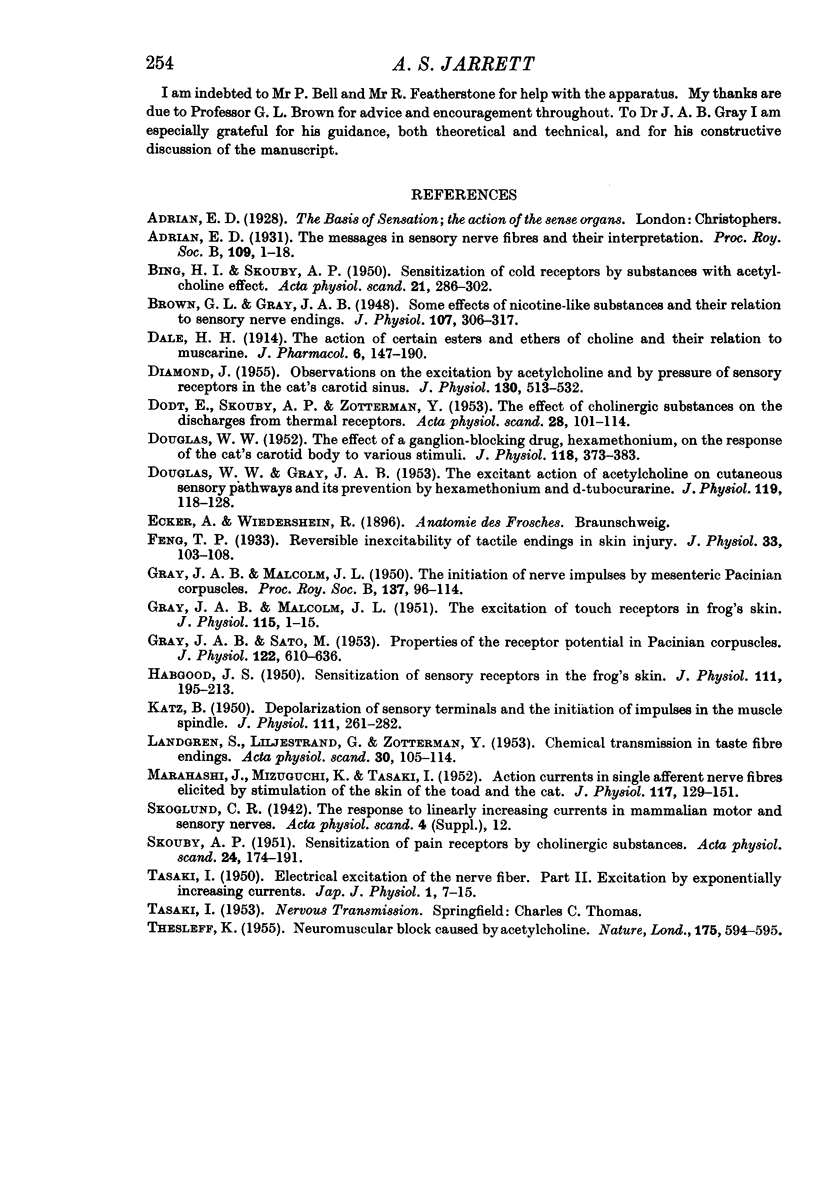
Selected References
These references are in PubMed. This may not be the complete list of references from this article.
- BING H. I., SKOUBY A. P. Sensitization of cold receptors by substances with acetylcholine effect. Acta Physiol Scand. 1950 Nov;21(2-3):286–302. doi: 10.1111/j.1748-1716.1950.tb00737.x. [DOI] [PubMed] [Google Scholar]
- Brown G. L., Gray J. A. Some effects of nicotine-like substances and their relation to sensory nerve endings. J Physiol. 1948 Jun 25;107(3):306–317. doi: 10.1113/jphysiol.1948.sp004275. [DOI] [PMC free article] [PubMed] [Google Scholar]
- DIAMOND J. Observations on the excitation by acetylcholine and by pressure of sensory receptors in the cat's carotid sinus. J Physiol. 1955 Dec 29;130(3):513–532. doi: 10.1113/jphysiol.1955.sp005424. [DOI] [PMC free article] [PubMed] [Google Scholar]
- DODT E., SKOUBY A. P., ZOTTERMAN Y. The effect of cholinergic substances on the discharges from thermal receptors. Acta Physiol Scand. 1953;28(2-3):101–114. doi: 10.1111/j.1748-1716.1953.tb00962.x. [DOI] [PubMed] [Google Scholar]
- DOUGLAS W. W., GRAY J. A. B. The excitant action of acetylcholine and other substances on cutaneous sensory pathways and its prevention by hexamethonium and D-tubocurarine. J Physiol. 1953 Jan;119(1):118–128. doi: 10.1113/jphysiol.1953.sp004832. [DOI] [PMC free article] [PubMed] [Google Scholar]
- DOUGLAS W. W. The effect of a ganglion-blocking drug, hexamethonium, on the response of the cat's carotid body to various stimuli. J Physiol. 1952 Nov;118(3):373–383. doi: 10.1113/jphysiol.1952.sp004801. [DOI] [PMC free article] [PubMed] [Google Scholar]
- Feng T. P. Reversible inexcitability of tactile endings in skin injury. J Physiol. 1933 Jul 28;79(1):103–108. doi: 10.1113/jphysiol.1933.sp003030. [DOI] [PMC free article] [PubMed] [Google Scholar]
- GRAY J. A. B., MALCOLM J. L. The excitation of touch receptors in frog's skin. J Physiol. 1951 Sep;115(1):1–15. doi: 10.1113/jphysiol.1951.sp004648. [DOI] [PMC free article] [PubMed] [Google Scholar]
- GRAY J. A. B., MALCOLM J. L. The initiation of nerve impulses by mesenteric Pacinian corpuscles. Proc R Soc Lond B Biol Sci. 1950;137(886):96–114. doi: 10.1098/rspb.1950.0026. [DOI] [PubMed] [Google Scholar]
- GRAY J. A., SATO M. Properties of the receptor potential in Pacinian corpuscles. J Physiol. 1953 Dec 29;122(3):610–636. doi: 10.1113/jphysiol.1953.sp005025. [DOI] [PMC free article] [PubMed] [Google Scholar]
- Habgood J. S. Sensitization of sensory receptors in the frog's skin. J Physiol. 1950 Apr 15;111(1-2):195–213. doi: 10.1113/jphysiol.1950.sp004474. [DOI] [PMC free article] [PubMed] [Google Scholar]
- KATZ B. Depolarization of sensory terminals and the initiation of impulses in the muscle spindle. J Physiol. 1950 Oct 16;111(3-4):261–282. doi: 10.1113/jphysiol.1950.sp004479. [DOI] [PMC free article] [PubMed] [Google Scholar]
- LANDGREN S., LILJESTRAND G., ZOTTERMAN Y. Chemical transmission in taste fibre endings. Acta Physiol Scand. 1954;30(2-3):105–114. doi: 10.1111/j.1748-1716.1954.tb01079.x. [DOI] [PubMed] [Google Scholar]
- MARUHASHI J., MIZUGUCHI K., TASAKI I. Action currents in single afferent nerve fibres elicited by stimulation of the skin of the toad and the cat. J Physiol. 1952 Jun;117(2):129–151. doi: 10.1113/jphysiol.1952.sp004736. [DOI] [PMC free article] [PubMed] [Google Scholar]
- SKOUBY A. Sensitization of pain receptori by cholinergic substances. Acta Physiol Scand. 1951;24(2-3):174–191. doi: 10.1111/j.1748-1716.1951.tb00836.x. [DOI] [PubMed] [Google Scholar]
- THESLEFF S. Neuromuscular block caused by acetylcholine. Nature. 1955 Apr 2;175(4457):594–595. doi: 10.1038/175594b0. [DOI] [PubMed] [Google Scholar]


